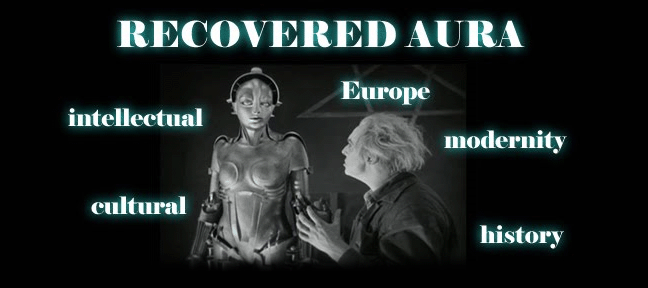Virginia Woolf, Three Guineas (1938)
Two of the great problems of the twentieth century; gender equality and war. But how exactly are they related?
[Three explanatory notes: on Guineas, see here. "KC" means "King's Counsel" (title for an experienced attorney). On women at Cambridge, see the history of Girton College.]
Study Questions:
1. What constitutes gender equality for Woolf? She wrote this book some 20 years after the opening of the processions to women and the attainment of women's suffrage. What difference has that made? Is liberal-political equality enough? (Recall how Marx demanded economic rights and equality in addition to purely political equality.)
2. How do you evaluate Woolf's argument that it is men rather than women who are attracted by finery, ceremony, etc? Woolf refused several honorary degrees; why do people really want those letters after their names?
3. What about Woolf's connection of men and war, and her reference to war as a source that produces good male qualities? Does this make us view Nietzsche or Freud's views on values or drives differently? That is, were they only ever talking about men's values, men's drives?
4. How about her even more dramatic assertions (p. 103) about the relationship between tyranny (especially fascism -- it is 1938 after all) and the oppression of women? What is her argument here? Does it stand up to scrutiny?
5. We've talked about nationalism and national identity, but what actually constitutes or creates loyalty to the nation? What does Woolf's view of women as "outsiders" do to the idea of women as equal citizens of the nation? If women have no stake in society, do they also have no obligations to the social contract? What about other "outsiders"?
6. How, according to Woolf, can women and other "outsiders" become insiders? How would society and the modern nation-state change if they did?
7. What for Woolf is the boundary between public and private? Is the private world the source of positive values, or is it only the result of exclusion from public power?
8. Elsa Hermann ("This is the New Woman") presents the new woman as a by-product of modernization. Do she and Woolf agree on the sources of change in gender relations? If not, how do their views contrast?
And now, some questions from this week's group....
1. In "This is the New Woman," Hermann notes that the "woman of yesterday was intent on the future", whereas the "woman of today is oriented exclusively toward the present". What are the characteristics of this new self-orientation, and what is the woman of today's ultimate goal in this?
2. Are there any similarities that can be drawn between Woolf and some of the other readings that we have done thus this semester? If so, with whom and why? If not, how is Woolf different?
3. What social role does Woolf place in the clothing of men and women ? How important do you feel this role is in her discussion and compare with atmosphere in current times?
4. For Woolf, how does education of the private house limit the influence of women? Do women have any influence through this type of education?
5. How does Woolf see the education of women outside the home as a way of preventing war? How can not educating women be viewed as in favor of war?
6. When the discussion of the salaries of women are brought up, what are a few of the injustices listed? Have you seen similar occurrences more modern history?
7. What does Woolf mean by "freedom from unreal loyalties" (78)? Describe how women in the professions can maintain this and the other related teachers of women, unlike professional men.
8. In Three Guineas , Woolf presents the scenario of "some daughter of an educated man who has enough to live upon and can read and write for her own pleasure", making it a crucial point to "take in three dailies" (newspapers) to "know the facts" (95). For Woolf, why is the examination of 3 sources necessary, and how is this belief reverberated throughout the text itself.
9. Why is Woolf so offended at the idea of protecting cultural and intellectual liberty? How does this affect her views on scholarships being awarded to women? What methods does she use to get this point across to the reader?
Sunday, April 11, 2010
Subscribe to:
Post Comments (Atom)

No comments:
Post a Comment